Hogeweyk to Hawick: The Dutch dementia village studied by the Borders
- Published
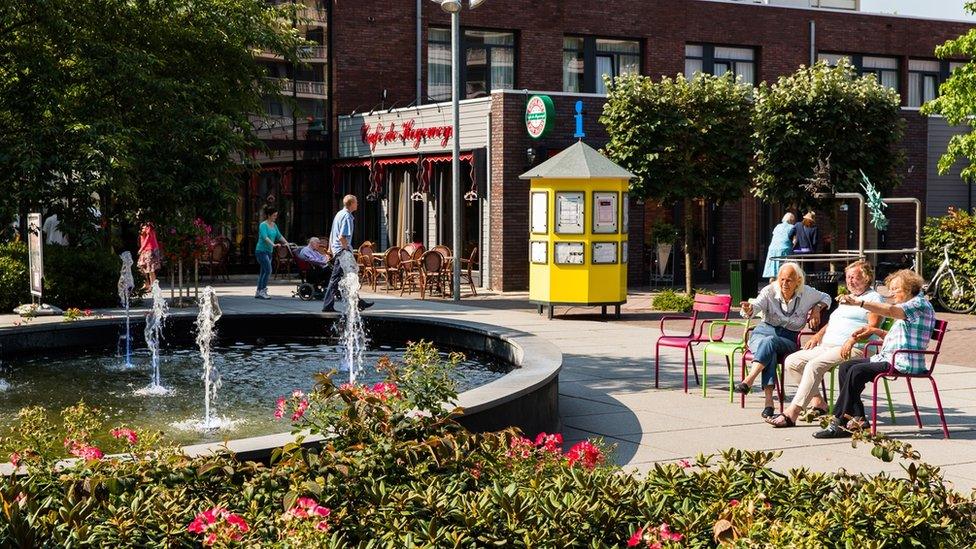
Scottish Borders Council's plans were partly inspired by a visit to the Hogeweyk in the Netherlands
If you say them quickly enough they could almost sound the same - Hogeweyk and Hawick.
In a few years' time, however, they might have more in common than a similar pronunciation.
Following visits to the "dementia village" in the Netherlands, Scottish Borders Council (SBC) has plans for two developments in Hawick and Tweedbank.
Jannette Spiering, a founder of the Hogeweyk site, said the concept was one which had taken many years to develop.

She has been working with the Vivium care group for 40 years and in 1993 started on a vision for normalising care for people with severe dementia.
Hogeweyk was commissioned in 2002 and opened six years later.
"The whole fact is that we were not satisfied by existing care models who really work from the viewpoint of medical care," she said.
"We thought we could do better by focusing also on social care in addition to medical care."
She described it as a "real cultural shift" in how care and housing were provided.
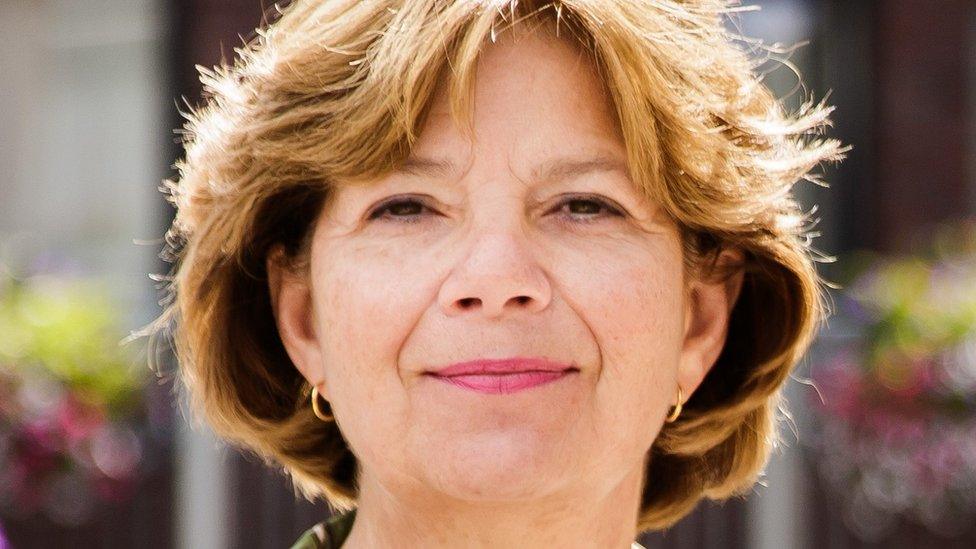
Jannette Spiering was a founder of the Hogeweyk village in the Netherlands
"It's about a care model and it's about the built environment," she said.
"We have 27 houses and in each house we have seven residents, in total we can provide for 188 residents."
She said visiting parties to the site - of whom there have been hundreds - all had their view of care "radically changed".
"The built environment is completely different from all institutional nursing homes as we know them," she said.
"The Hogeweyk is about small-scale living, which means people living together - seven in a house - together with care staff.
"They run their household - or actually care staff run the household and those who live there will participate."
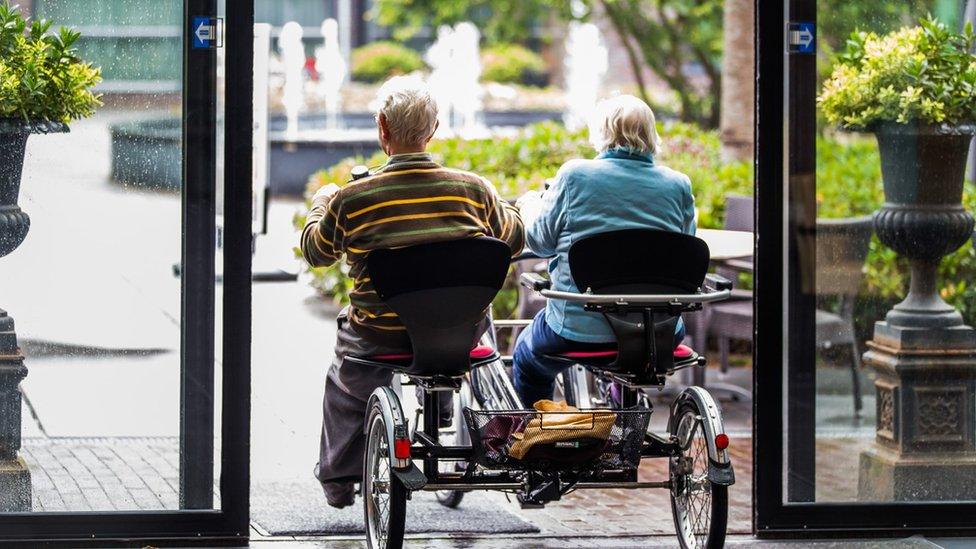
Ms Spiering said residents were free to go wherever they wanted whenever they wanted
She said it was about reducing "big wards of often 30 people" into "normal environments".
"Living together with seven people, is one of the biggest changes," she said.
She said another difference was "having the freedom to go wherever you want whenever you want, without assistance or being watched by a carer".
"The Hogeweyk is a big, big neighbourhood but it's still a safe environment, because there is an entrance which is watched," added Ms Spiering.
"Within that neighbourhood people are free to go wherever they want, and we want to integrate society with our neighbourhood as much as possible."
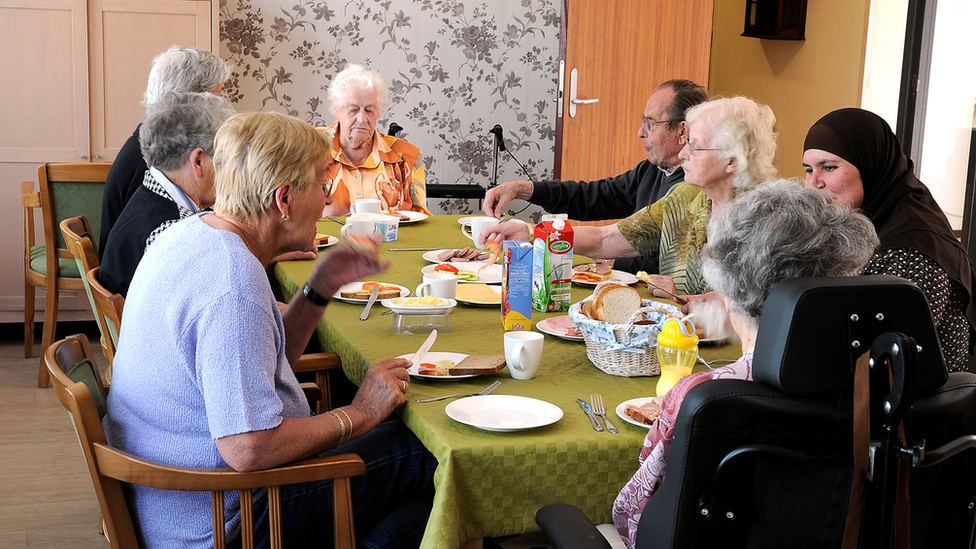
The Hogeweyk is made up of 27 houses with room for seven residents each
To that end, they bring visitors from neighbouring areas into the Hogeweyk.
"We try to lift the stigma of dementia, because it's highly stigmatised," she said.
"Before, we hid people and used the excuse that they cannot be part of society anymore.
"But I think it's the other way around - society doesn't know how to have contact with people with dementia, because sometimes people ask for a different approach and then you have to have some knowledge of what dementia means."
She said it was simply about treating people as normally as possible.

A big part of the Dutch concept is about reducing the stigma which surrounds dementia
"If you step inside the Hogeweyk, it's just another neighbourhood," she said.
"You will not even recognise who is a resident, or who is a volunteer or who is a family member.
"Normalising the environment is a big, big help in lowering the stigma."
She said it also had a positive effect on the residents who had an average age of about 84.
"If you lock them up in a facility which looks like a hospital, then people will start to behave like they are in a hospital," she explained.
"They become anxious, and they want to get out because they do not recognise that environment, and they constantly think that they are ill."
She said that providing a "normal environment and a normal house" and also offering a social life could make a big difference.
"That helps in having a good life and having a meaningful one," she said. "So normalisation is the key word, I think."
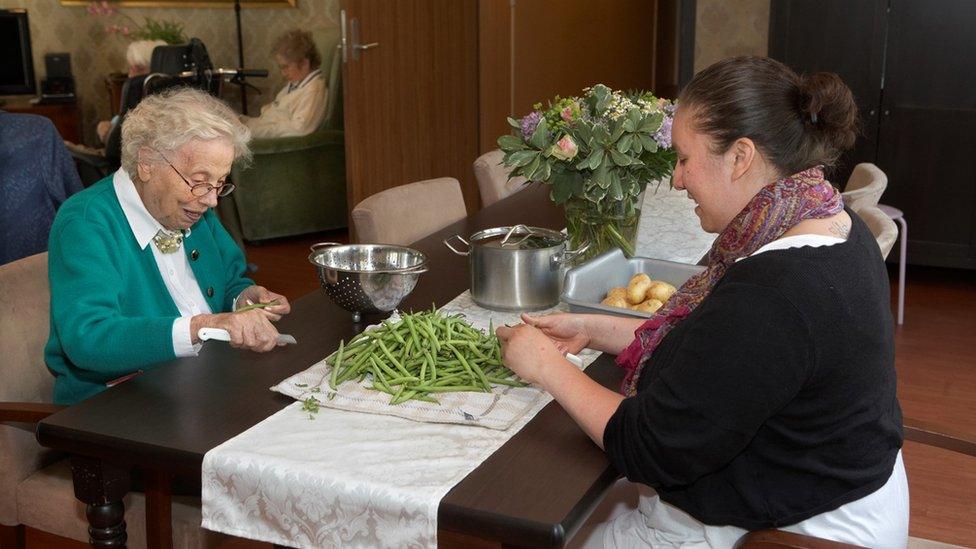
Ms Spiering said she was "very curious" to see how SBC's multi-million pound plans unfolded.
It recently endorsed £11.2m plans for the Stirches area of Hawick which could accommodate 60 residents.
A similar development in Tweedbank would replace two more conventional care homes.
The local authority stressed that Hogeweyk was just one model which had inspired its plans.
It has also been working with the Dementia Services Development Centre at Stirling University to support its design plans.
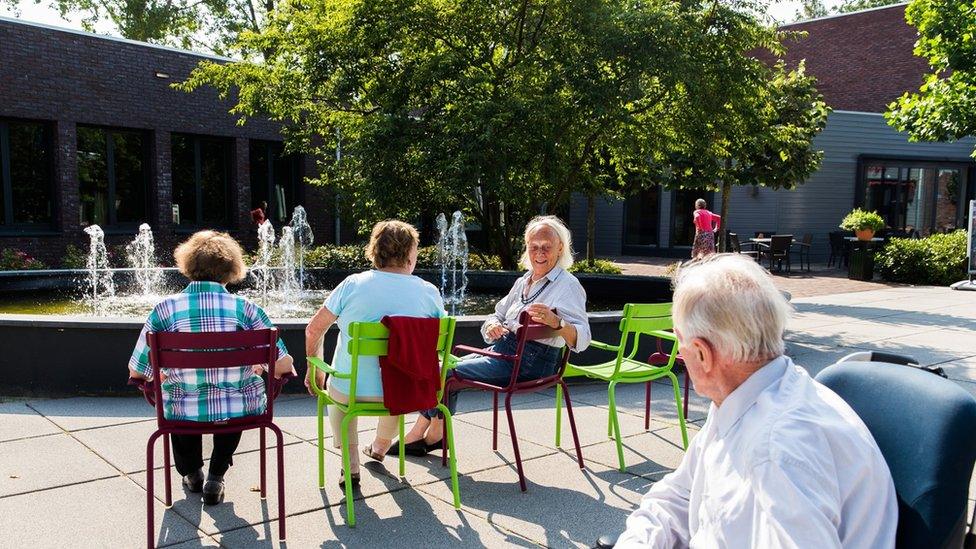
"Importantly, we need to ensure we are meeting the needs of the people of the Borders," it said in a statement.
"The care villages will be home to a number of clients with varying and very different needs and we are keen that the designs will ensure flexibility of use both now and in the future."
It has promised further community engagement and consultations as the plans progress.
All of which is being watched with interest in the Netherlands.
"I really hope that they will succeed in creating something which fits the Scottish culture," said Ms Spiering.